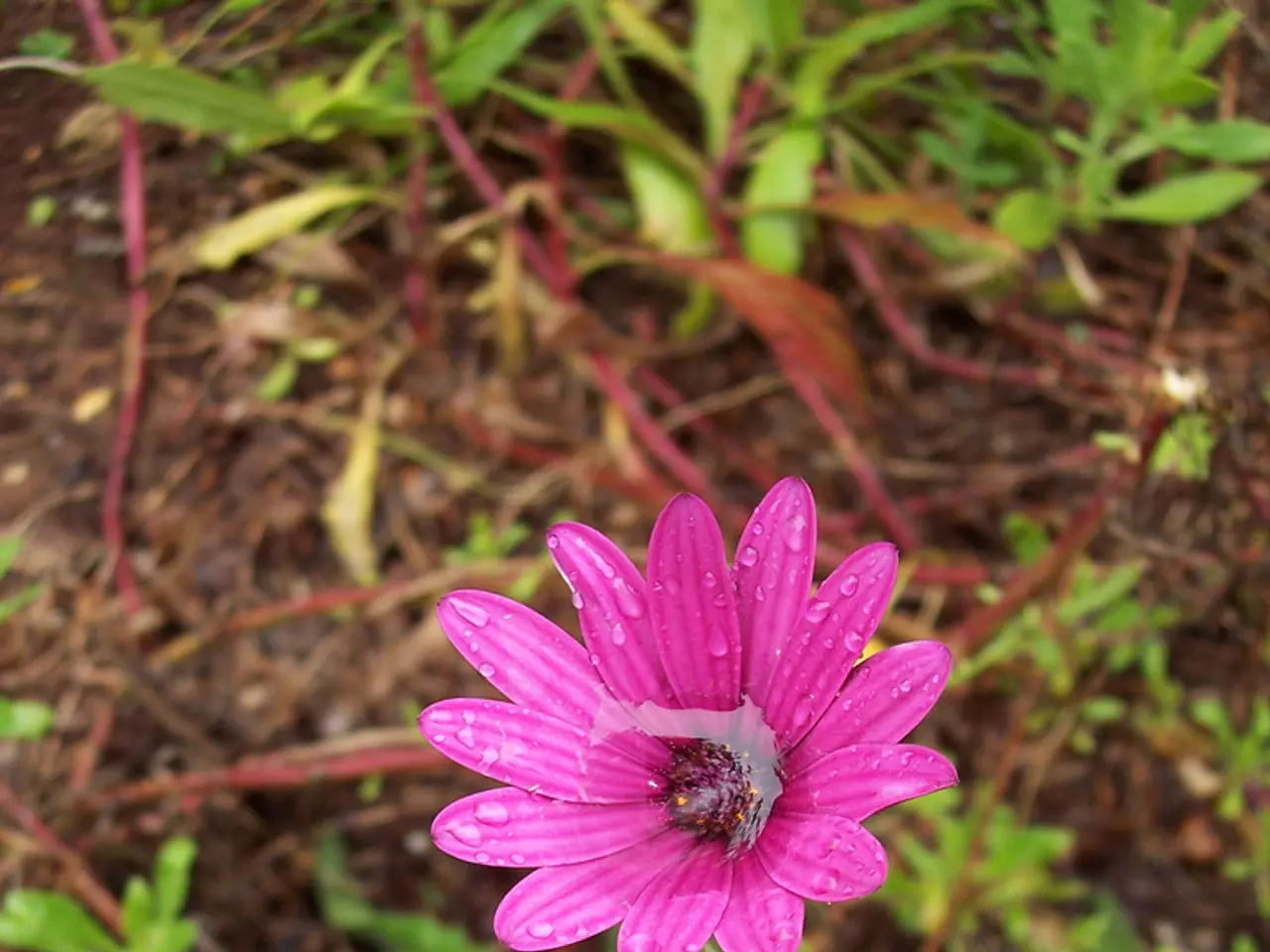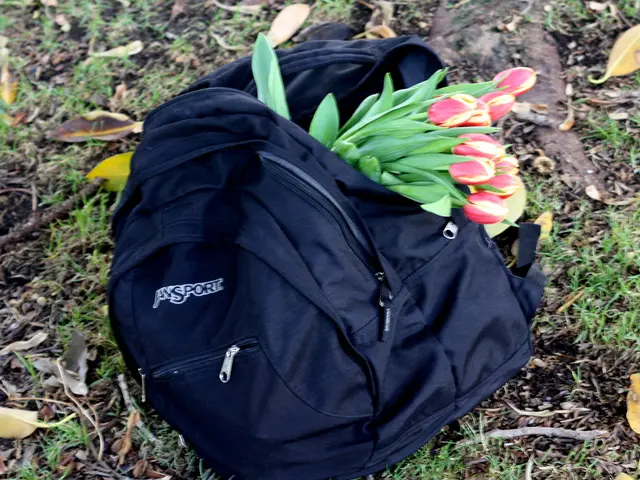Best Time for Daffodil Planting in Alabama: Optimal Period and Useful Tips
Daffodils are a delightful addition to any garden, with their vibrant blooms and resilience to various conditions. Here's a step-by-step guide on how to plant and care for daffodils in Alabama.
Timing and Preparation
The best time to plant daffodil bulbs in Alabama is during the fall, ideally between late September and November. This timing allows the bulbs to establish roots before winter sets in [1]. Choose a well-drained location with full to partial sun and prepare the soil by loosening it to about 12 inches deep and amending with organic matter such as compost to improve drainage and fertility. Avoid heavy clay soils that retain water and may cause bulb rot [1][4].
Planting Technique
Plant daffodil bulbs pointy side up, about 4 to 6 inches deep. Space the bulbs approximately 6 inches apart to allow for growth and airflow [1]. Grouping the bulbs in clusters of 10 or more can create a natural-looking and stunning floral display.
Maintenance
After flowering in spring, allow the foliage to die back naturally to replenish bulb energy—do not cut leaves prematurely. Water during dry spells, especially in early spring growth and after flowering. Fertilize lightly with a balanced bulb fertilizer in early spring or late fall if needed. Remove spent flowers to prevent seed formation but keep leaves until they yellow [1].
In Alabama’s relatively mild winters, daffodils typically don’t require bulb refrigeration before planting, unlike tulips [1]. Choosing disease-resistant varieties also helps ensure success.
Varieties to Consider
'Mount Hood', 'Jetfire', and miniature daffodils are varieties that add color and diversity to a garden. For a more naturalistic display, consider planting varieties like 'Ice Follies', 'Carlton', or 'Thalia' [5]. These varieties can be found at local gardening stores, daffodil shows, or catalogs.
Additional Tips
Ensuring good drainage is important as daffodil bulbs can rot in waterlogged conditions. A light layer of mulch over the bulbs post-bloom helps protect them from extreme temperature fluctuations and retain soil moisture. Daffodils need consistent watering, especially during growing periods, with about 1 inch of water per week [2].
Remember, daffodils have moderate nitrogen needs, so overdoing it can lead to more leaves than flowers. Mixing different types of daffodils ensures a longer blooming season and a more colorful display [3].
With these steps in mind, you're now ready to embark on a beautiful daffodil gardening journey in Alabama!
[1] Alabama Cooperative Extension System
[2] Gardening Know How
[3] Ball Horticultural Company
[4] Missouri Botanical Garden
[5] Daffodil Society
By incorporating daffodils into your home-and-garden, you can enjoy their vibrant blooms throughout the spring season. To achieve a stunning and healthy garden display, choose varieties like 'Mount Hood', 'Jetfire', and miniature daffodils, or opt for more naturalistic options such as 'Ice Follies', 'Carlton', or 'Thalia'.




